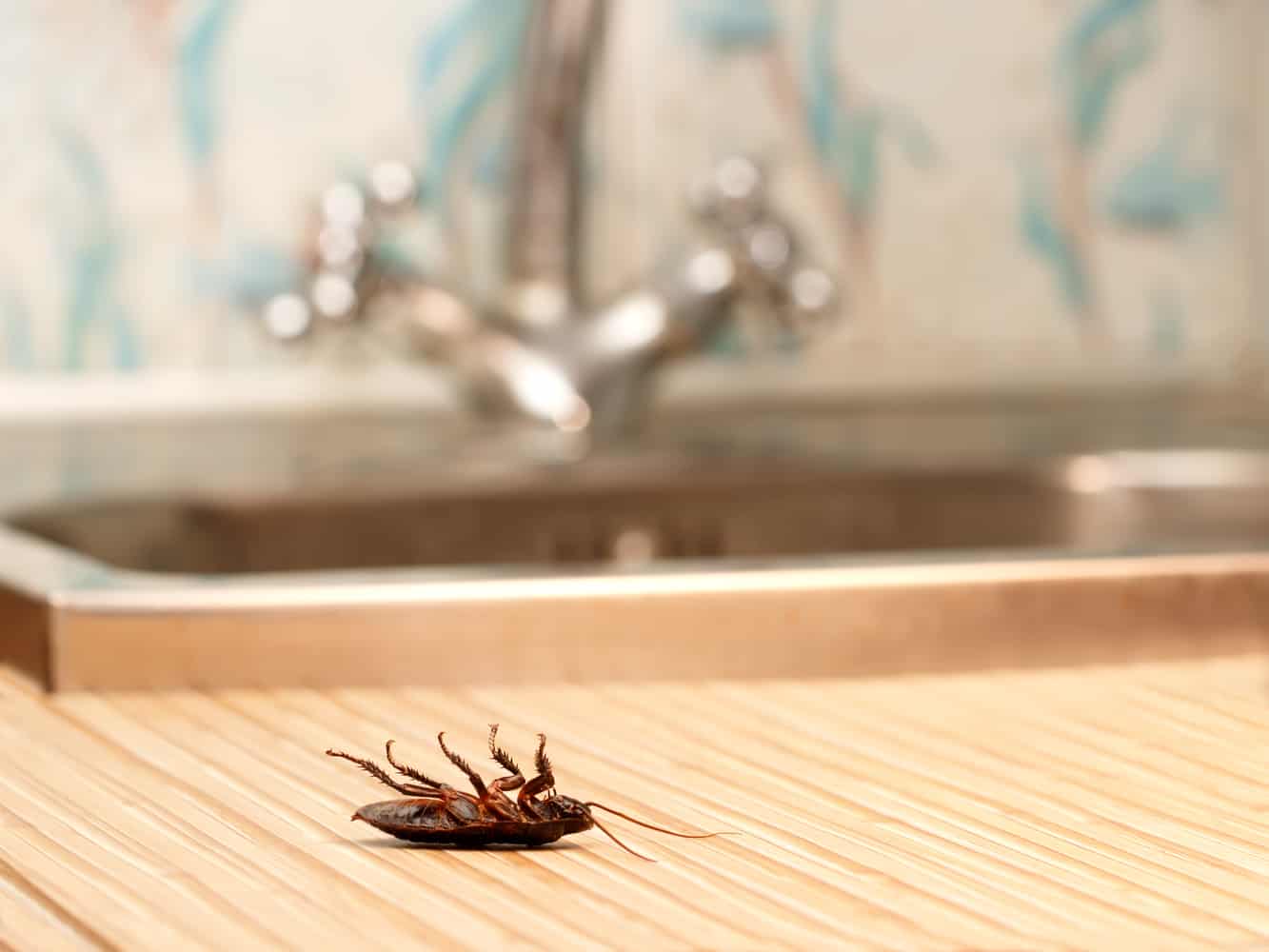Carpenter bees are a common problem for homeowners across the United States. These bees can be destructive and invade your home, causing damage to your property. If you’re dealing with carpenter bees, it’s important to know how to get rid of them and prevent future infestations.
Firstly, it’s important to understand what carpenter bees are and why they can be a problem. Carpenter bees are large bees that are often mistaken for bumblebees. They get their name from their habit of excavating tunnels in wood to create nests for their offspring. While they don’t actually eat the wood, their tunneling can cause damage over time.
To get rid of carpenter bees, you’ll first want to identify where they are nesting. Look for small holes in wood around your property, such as in eaves, decks, and fences. Once you’ve identified the holes, you can use an insecticidal dust specifically designed for carpenter bees to treat the area. Make sure to wear protective clothing and follow the instructions on the product carefully.
Another way to get rid of carpenter bees is to use a trap. Carpenter bee traps are designed to attract and trap the bees, preventing them from nesting in your property. These traps can be purchased at most hardware stores or online.
In addition to getting rid of existing carpenter bee infestations, it’s important to take steps to prevent future infestations. This includes sealing up any cracks or holes in your home’s exterior, as well as treating any exposed wood with a protective coating.
While carpenter bees can be a nuisance, it’s important to remember that they do play an important role in pollinating plants. If possible, try to relocate any bees you find rather than killing them.
In conclusion, carpenter bees can be a destructive home invader, but with the right knowledge and tools, you can get rid of them and prevent future infestations. Remember to wear protective clothing when treating infested areas and take steps to seal up your home’s exterior and treat any exposed wood. And if possible, try to relocate carpenter bees rather than killing them.
If you are searching about Carpenter Bees: What You Need to Know you’ve came to the right web. We have 10 Pictures about Carpenter Bees: What You Need to Know like Carpenter bees: destructive home invader – MSU Extension, Carpenter bees: Friend or foe? | wzzm13.com and also Carpenter Bees: What You Need to Know. Read more:
Carpenter Bees: What You Need To Know

www.diampestcontrol.com
carpenter bienen honig goodyear exterminator nehmen nutri pszczoly agile
Carpenter Bees: Friend Or Foe? | Wzzm13.com
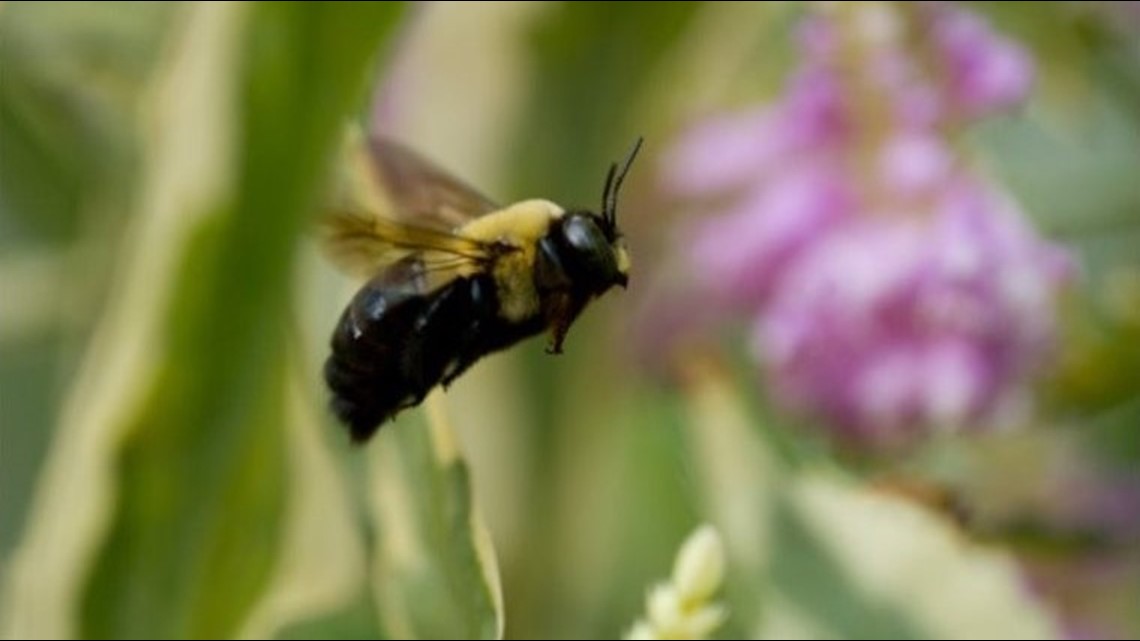
www.wzzm13.com
carpenter bees bee wzzm13 reveal comeback dinosaurs tests dna died
Eastern Carpenter Bee | MDC Discover Nature

nature.mdc.mo.gov
carpenter bee eastern bumble big mdc bees missouri maryland fuzzy nature critter week guide homeowner advice
Ohio Birds And Biodiversity: Carpenter Bees
jimmccormac.blogspot.com
carpenter bees bee ohio
Carpenter Bees Wreaking Havoc In Ann Arbor | MSU Extension

msue.anr.msu.edu
carpenter bee bees wreaking arbor havoc ann msu dell forestryimages courtesy credit edu
Carpenter Bee Control & Carpenter Bee Extermination In NJ & FL | Excel
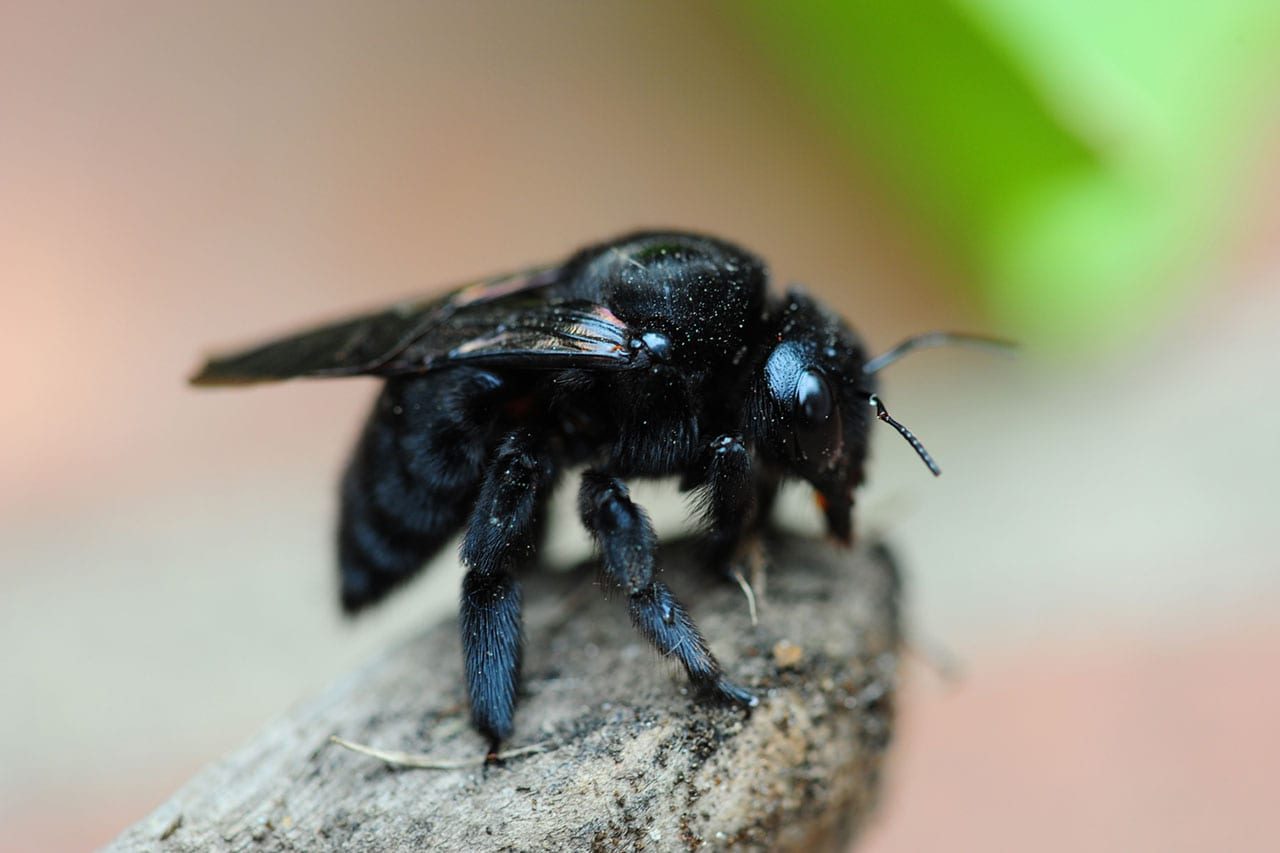
www.excelpestservices.com
bees bee carpenter bumble dangerous control dirt wood wasps commons wikimedia file oregon insect types nj rid pests hornets pest
Five Fascinating Facts About Carpenter Bees · ExtermPRO
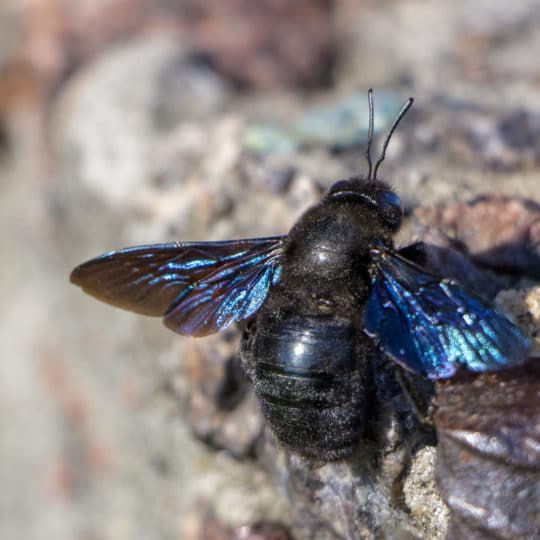
www.extermpro.com
carpenter bees bee facts five fascinating
Carpenter Bees: Destructive Home Invader – MSU Extension
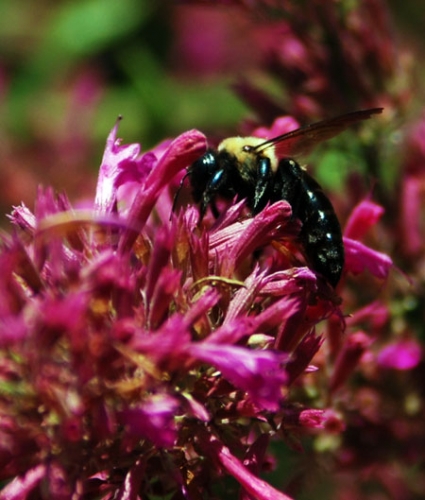
www.canr.msu.edu
carpenter bees destructive bee invader msu sleek bumblebee resembles but msue edu
Carpenter Bees – Welcome To Hi-Tech Pest Control
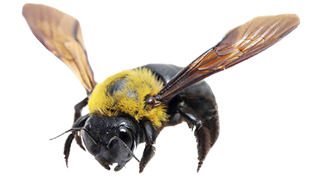
hi-techpestcontrol.com
bee carpenter bees michigan bumblebee pest hi rescue exterminator
How To Get Rid Of Carpenter Bees – Lawnstarter
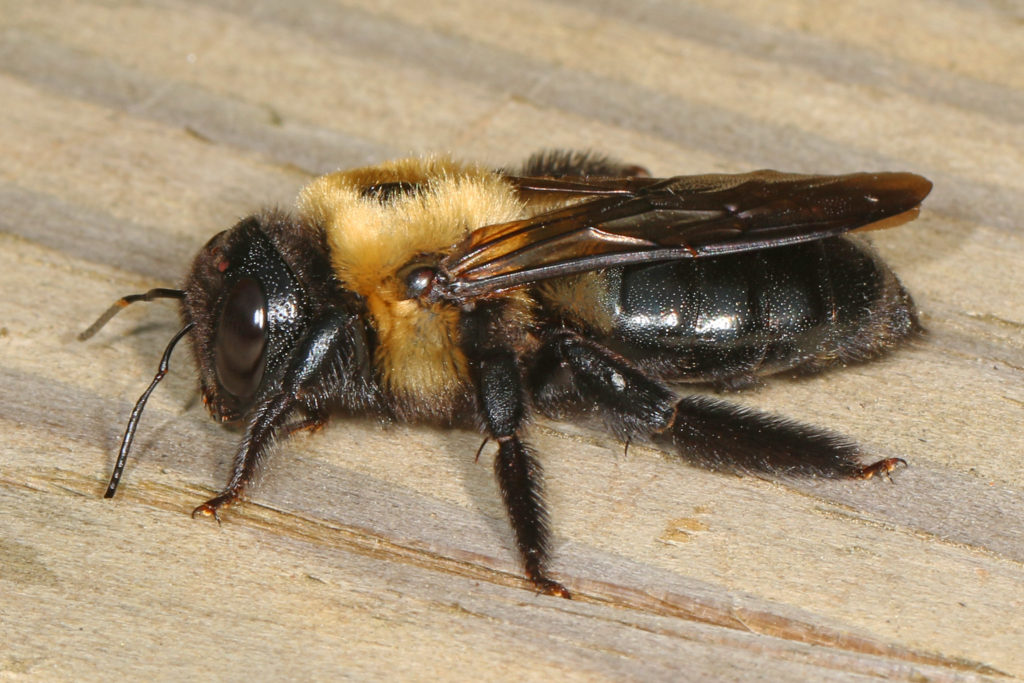
www.lawnstarter.com
bees lawnstarter bumble peppermint pest eastern wood repel extermination hyena
Bees bee carpenter bumble dangerous control dirt wood wasps commons wikimedia file oregon insect types nj rid pests hornets pest. Carpenter bienen honig goodyear exterminator nehmen nutri pszczoly agile. Ohio birds and biodiversity: carpenter bees
 markanthonystudios.net Mark Anthony Studios Site
markanthonystudios.net Mark Anthony Studios Site


